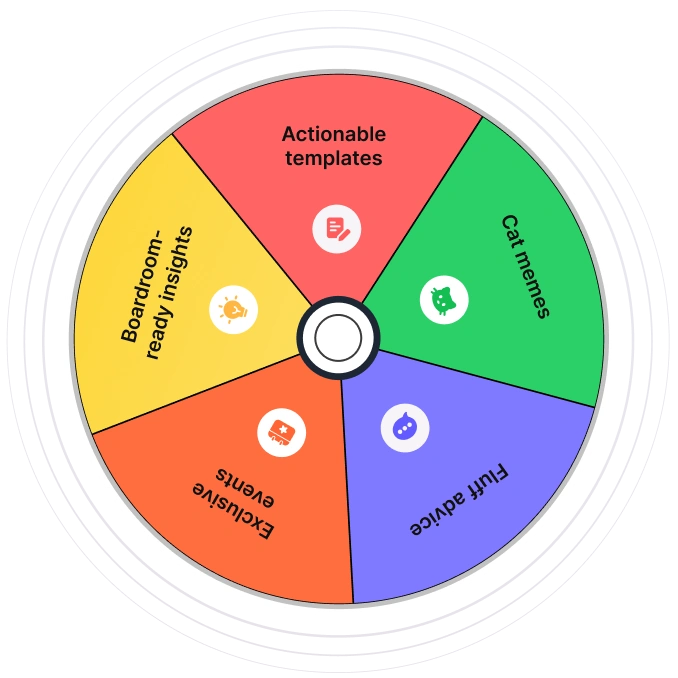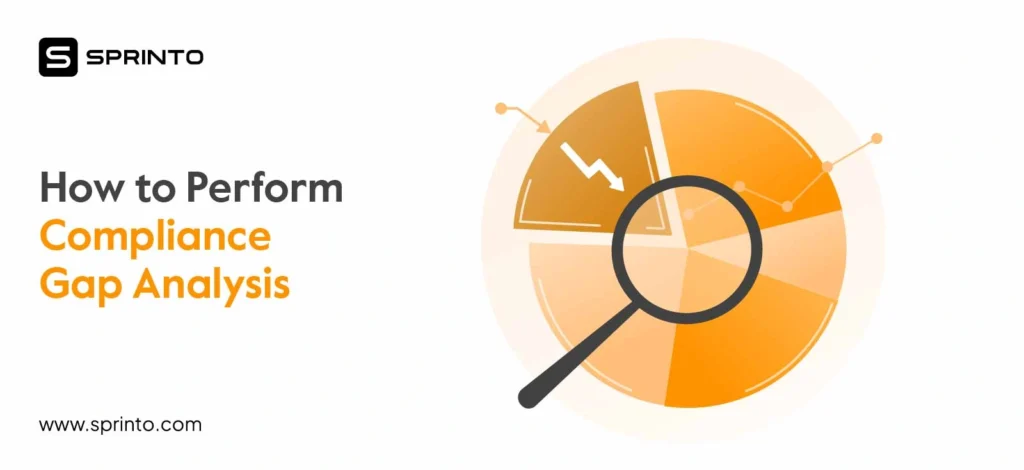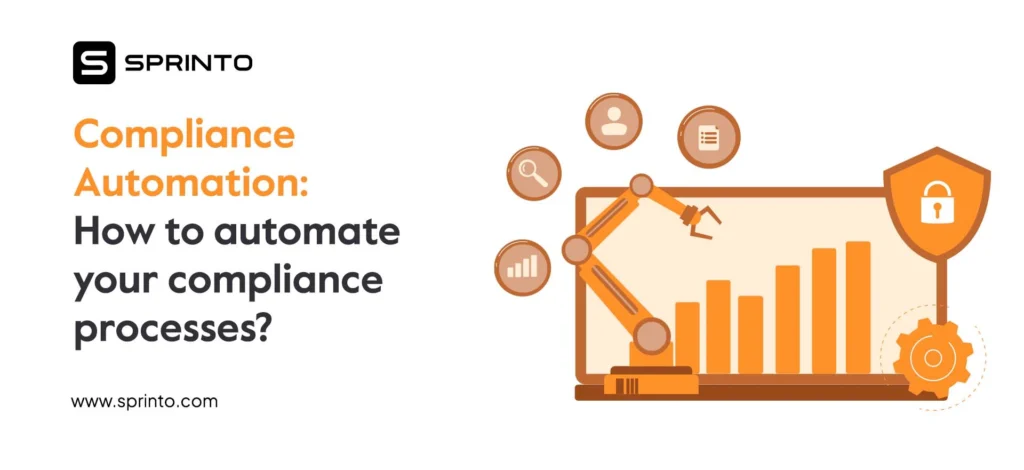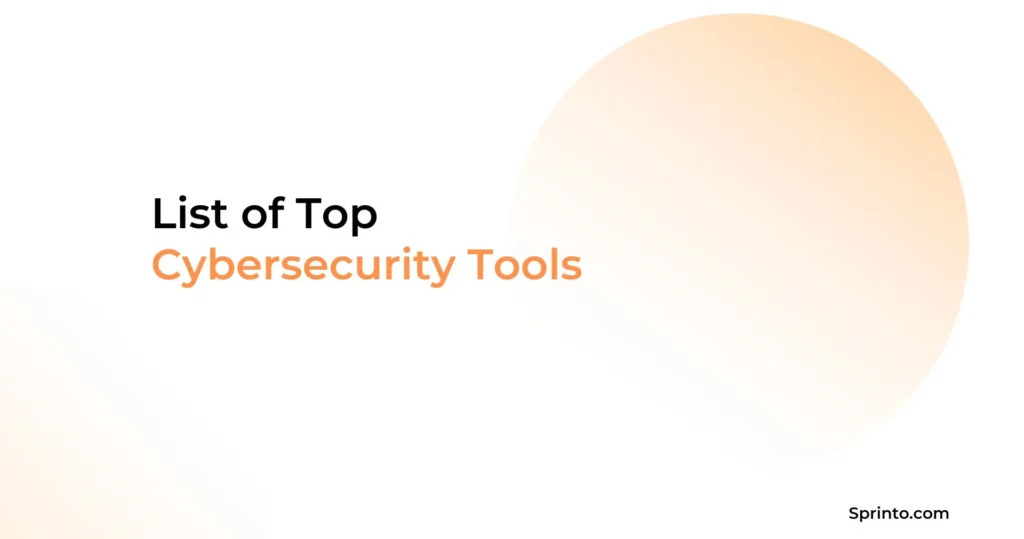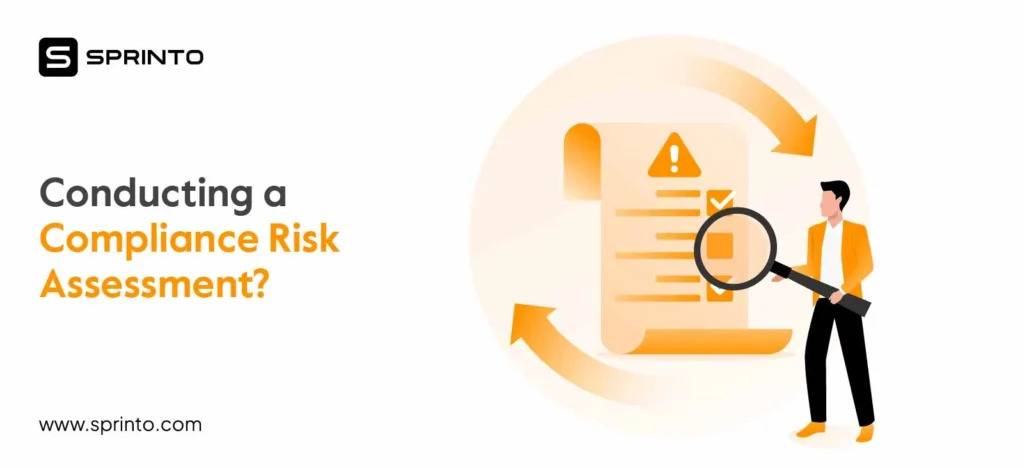According to studies, data protection and privacy legislation are now in place in 69% of countries worldwide, and 76% of global consumers believe companies must do more to protect their online data privacy. So, if you are working in compliance, data protection should be on top of your mind.
Businesses collect sensitive user information for a plethora of reasons. But how do they ensure the safety of user information? This is where data protection standards like ISO 27001, SOC 2, or GDPR come into play.
Now, all you need to do is ensure your team follows the best practices. To help with that, let’s explore what data regulatory compliance is and how to implement it.
What is data compliance?
Data compliance is a process that helps in managing personal or sensitive data in a way that adheres to applicable regulations, industry standards, and internal policies. It establishes policies, procedures, and protocols to safeguard data from cyber threats and unauthorized access and use.
Data compliance management involves identifying the relevant governance frameworks that ensure the highest standards of data security, storage, and protection. The process includes setting up procedures, security policies, and protocols to protect the company data (customer lists) from unauthorized access and cybersecurity threats.

Here are some key insights that highlight the importance of taking data compliance seriously:
- The number of GDPR violations has risen to a high point starting from July 2020. The fines range over €1.1 billion by January 2022 alone.
- The cost of data breaches has risen from an astounding mark of US$3.86 million in 2020 to US$4.35 million in 2022. The cost is expected to touch the US$5 million mark this year.
- 69% of countries worldwide now have data protection and privacy legislation in place, with a further 10% having draft legislation, and over 70% of organizations say they receive significant business benefits from privacy.
Therefore, proper policies have to be in place to help your company protect data according to the region’s law.
Why is data compliance important?
Data compliance is substantial because compliance with regulatory standards helps ensure that the integrity, confidentiality, and availability of the organization’s data are adequately protected. To drive home the point, here are the benefits of compliance:
- Compliance signals your high-value clients or prospects that their sensitive information will remain secure
- Observation also helps avoid noncompliance and protects your company from bad publicity
- If your corporate code of ethics does include data compliance, it attracts high-value employees and customers
How do you ensure data compliance?
Launching and running a compliance project requires managing the end to end workflow around it. To ensure data compliance standards, companies can take these five measures:
1. Develop a framework
Start by defining clear policies and procedures for handling data responsibly. Outline who can access data, what types of data need extra protection, and how to handle breaches.
We recommend using existing and established standards like ISO/IEC 27018, a part of the ISO 27000 family that provides security controls to protect sensitive data like PII (personally identifiable information) as a blueprint, or build a framework tailored to your operations.
2. Evaluate risks
Identify common security vulnerabilities in your data storage and workflows. Regularly review where data is stored, who accesses it, and potential weak spots such as outdated software.
Once you have identified the gaps in your system, determine the next course of action based on the severity of the risk and your tolerance level – accept, avoid, mitigate, or transfer the risks. We recommend using tools to pen test scan vulnerabilities to patch issues in real time.
3. Encrypt data and implement RBAC
One of the most common types of cyber attack is ransomware – where attackers prevent users within the organization from accessing their sensitive data unless they agree to pay a ransom. you from.
Encrypt sensitive data at rest and in transit. This helps to ensure that even if it’s intercepted, it remains unreadable.
Next, access can be limited based on roles and necessity, using measures like multi-factor authentication (MFA). Implement a role based access control system to regularly review and revoke permissions for inactive users, unauthorized users, or ex-employees.
4. Train your staff
Your employees are the first line of defense against threats. Educate and train your team on secure practices, such as how to avoid phishing scams and safely share sensitive data.
Tailor training for different roles so everyone understands their specific responsibilities and is accountable for their actions. This should also include third-party vendors or any stakeholders with access to your internal systems and data.
5. Audit your systems
Schedule periodic audits to ensure adherence to frameworks like ISO 27001, GDPR, or SOC 2. Use automated tools or hire third-party experts to provide an unbiased assessment.
Conducting audits manually can be time-consuming and prone to error. This can cause significant delays and hamper your certification timelines. Tools like Sprinto continuously monitor your environment for non-compliance and collect evidence on autopilot for all data compliance standards. See Sprinto in action.
What are the data compliance regulations and standards?
To safeguard sensitive digital assets such as personally identifiable information and financial details from loss, theft, and misuse, businesses must follow regulations.
Several regulatory frameworks govern the use, processing, and storage of data. These includes the following regulations:
- GDPR
- SOX
- CCPA
- HIPAA
- PCI DSS

GDPR
The European Union’s General Data Protection Regulation (GDPR) is one of the most comprehensive global protection laws. The GDPR regulates personal data protection for individuals in the EU and the European Economic Area.
One of the interesting things about GDPR is that it does not just apply to companies based in Europe. If you seem to have business with any person under EU’s jurisdiction, you have to abide by the GDPR’s laws.
It mandates that organizations obtain clear and explicit consent from individuals before collecting and processing their data.
SOX
The Sarbanes-Oxley Act (SOX) is a U.S. federal law that regulates corporate governance and financial reporting. SOX imposes a range of requirements on publicly traded companies’ financial reporting processes, including establishing internal controls, regularly reviewing and testing these controls, and certifying financial statements by executives.
CCPA
The California Consumer Privacy Act (CCPA) is a privacy law enacted in California that governs the processing of personal data by businesses operating or collecting data from California residents. The CCPA grants Californians the right to request information about the personal information that companies have collected about them, request that their data be deleted, and sue for damages in case of data breaches.
HIPAA
The Health Insurance Portability and Accountability Act (HIPAA) is a U.S. federal law regulating personal health information processing. It applies to health care providers, clearinghouses, and plans. It requires that all health records are restricted to only those with valid reasons for accessing them.
Therefore, when electronic records are shared, necessary encryption and precautionary measures have to be in place. One of the key features of HIPAA is that it requires an audit trail of every interaction someone has taken with the data.
PCI DSS
The Payment Card Industry Data Security Standard (PCI DSS) is a set of security standards governing the processing of payment card information. It mandates that organizations that accept payment cards should follow specific security protocols to protect payment card information.
One thing you should note is that, unlike other standards in the list, PCI DSS is not mandated by the government’s set of rules. It is more on the side of an industry one. Hoover, this does not make it any easier. If a company is found non compliant with the set of rules, they may face hefty fines and the relationship with banks may come to an end.
Cost of data compliance implementation
As companies navigate the ever-changing world of data protection and compliance, one thing remains constant: the cost of implementation. While it may seem like a hefty expense, the cost of complying with data regulations pales compared to the price of non-compliance.
The average cost of data compliance is said to be $ 2 million. If you want a detailed estimate of compliance costs, use Sprinto Cost Calculator.
Recent research has found non-compliance can be up to 2.71 times higher than the cost of implementing compliant measures. Investing in data compliance is a necessary and wise business decision. To avoid potential legal, financial, and reputational damage, companies must prioritize compliance and allocate appropriate resources to ensure they adhere to data regulations.
What’s next?
Implementing data compliance can seem daunting, but there is no wonder why it is necessary – and why the numbers are growing. There are many ways to ensure your organization remains data-compliant. However, it’s essential to be aware that challenges can come up. Even with the aid of tools and automated security management systems, it’s critical to understand the terms associated with data compliance.
Having a solution like Sprinto that specializes in frameworks such as GDPR, SOC 2, ISO 27001, and HIPAA, not only helps to keep your organization up-to-date with the latest regulations but helps security teams stay on top of the game.
It offers pre-built compliance policies, automatically evidence to run compliance audits, run end to end compliance programs, and do all the heavy lifting for your team.
Learn how you can automate evidence collection, monitor controls in real time, meet regulatory requirements, and expedite your compliance practices.
FAQs
Data compliance means adherence to legal requirements, regulations, and compliance standards governing the collection, storage, processing, and sharing of data. It ensures that organizations handle data responsibly, protect individuals’ privacy, maintain data integrity, minimize potential risks, and implement security requirements.
The common types of data compliance include the GDPR, HIPAA, SOC 2, ISO 27001, CCPA, CMMC, and PCI DSS.
The three states of data are: Data at rest, Data in motion, Data in use.
The framework of data compliance involves identifying rules and security measures for protecting, securing, and storing data. It also includes developing privacy policies, procedures, and protocols to prevent unauthorized access and other cybersecurity risks.
Some of the popular data compliance examples include GDPR, PCI DSS, HIPAA, and SOX. These industry standards help companies manage security incidents, identify the right security controls, adhere to legal compliance, and mitigate threats through regular risk assessments.
Meeba Gracy
Meeba, an ISC2-certified cybersecurity specialist, passionately decodes and delivers impactful content on compliance and complex digital security matters. Adept at transforming intricate concepts into accessible insights, she’s committed to enlightening readers. Off the clock, she can be found with her nose in the latest thriller novel or exploring new haunts in the city.
Explore more
research & insights curated to help you earn a seat at the table.






